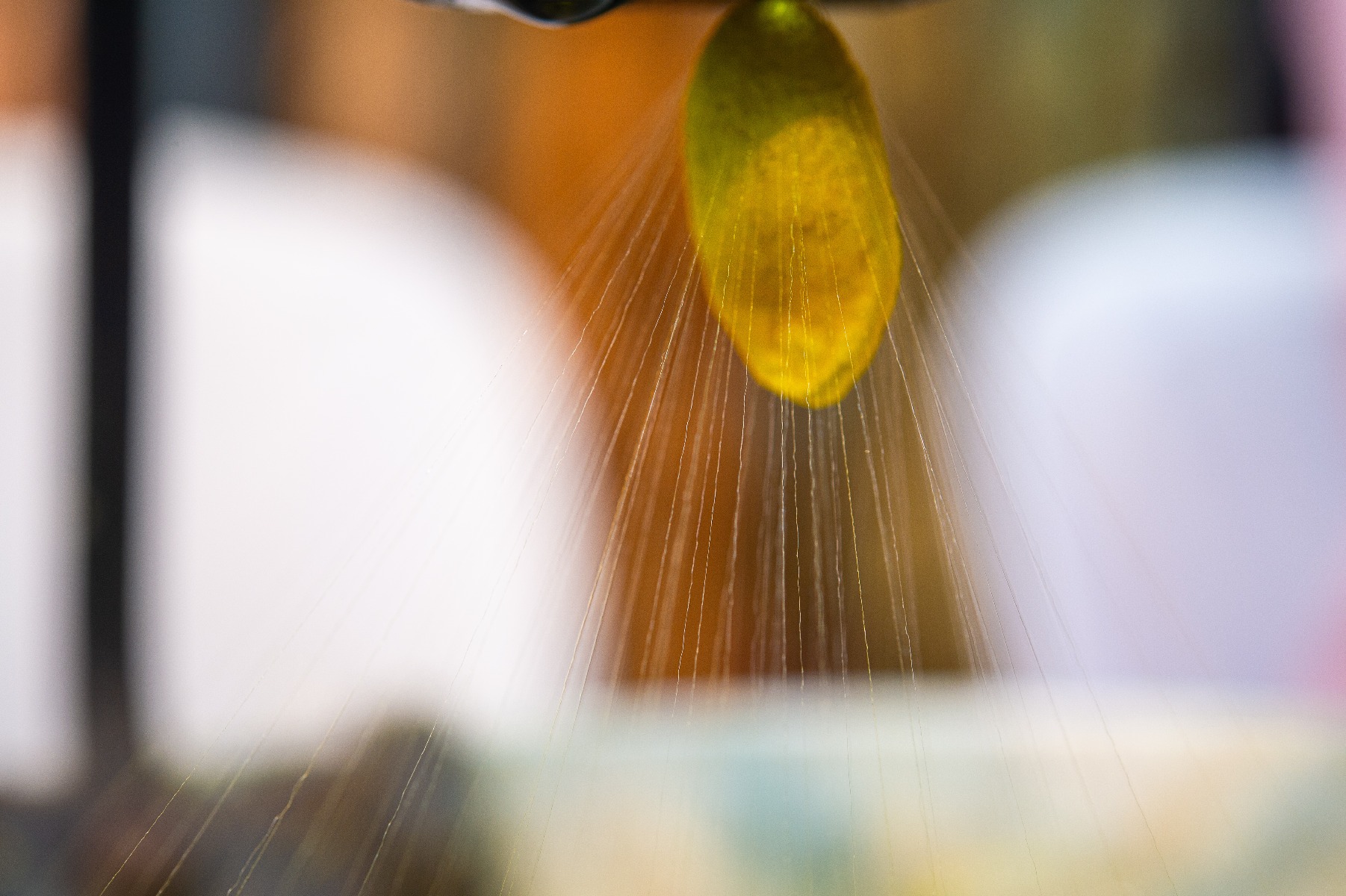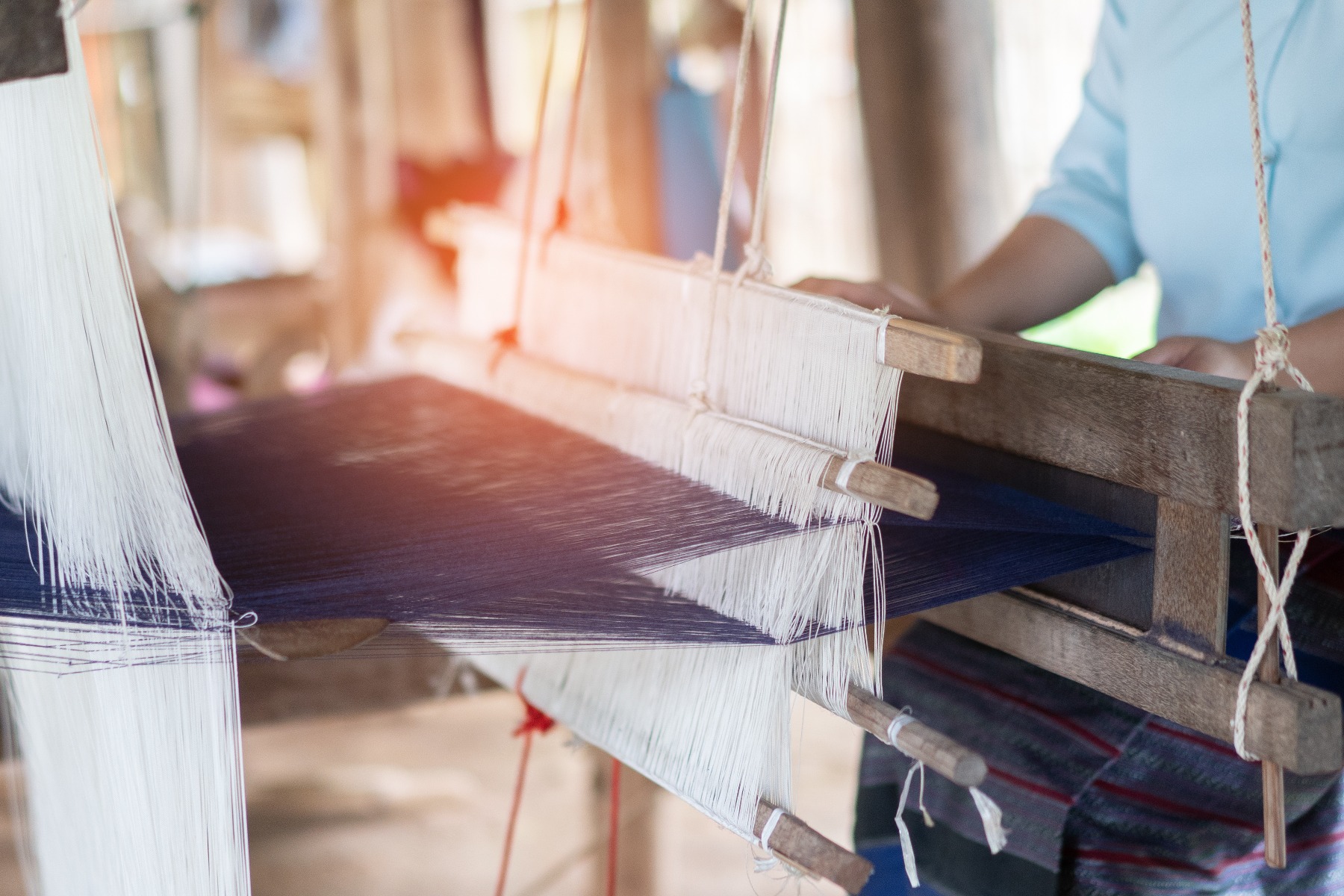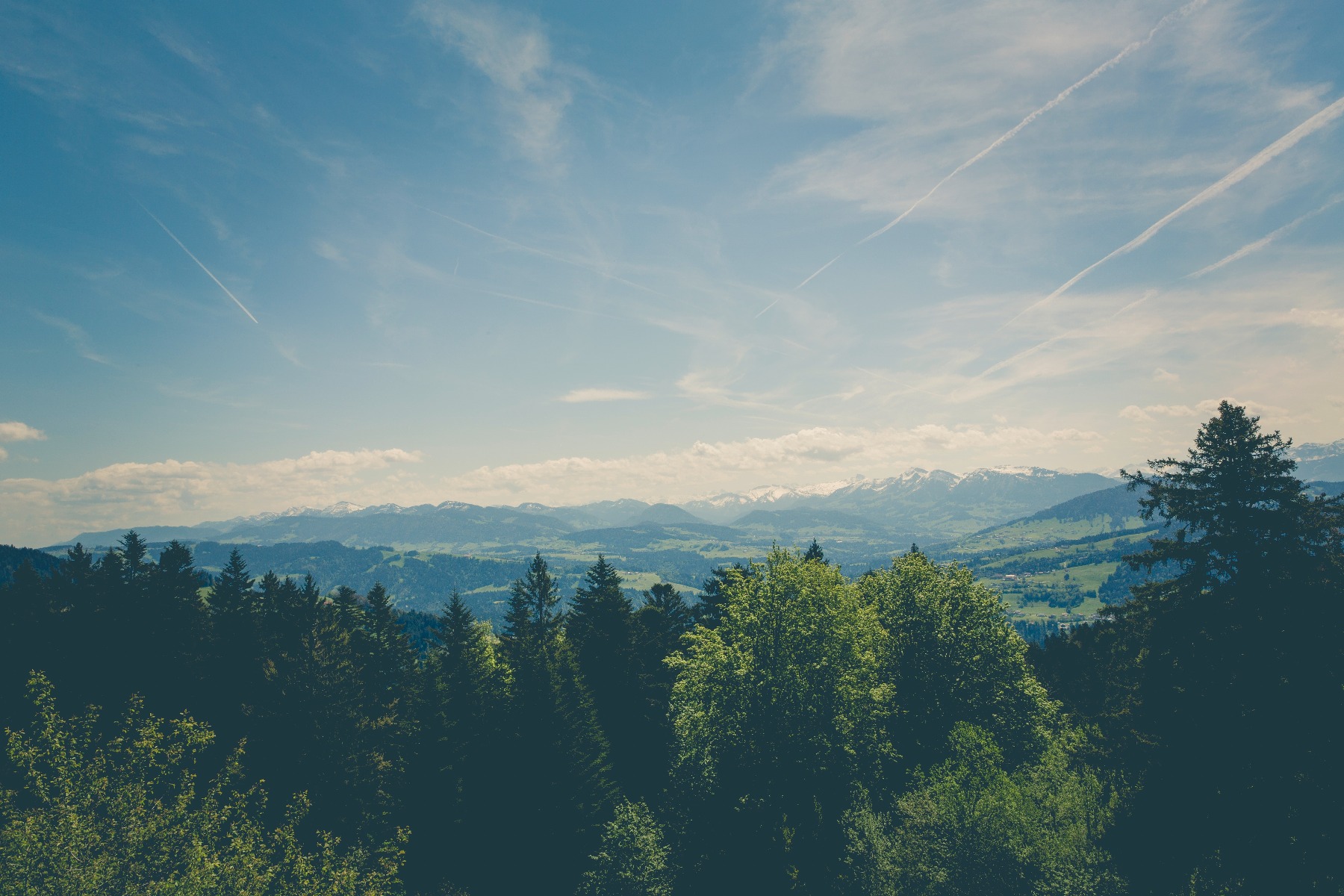The Truth about silk

Three biggest myths about silk and why we consider silk one of the most sustainable fabrics on the planet
Silk is considered one of the most viable fibres on the planet, particularly when it comes to sustainability. It’s antibacterial and has a considerably lower environmental impact - not to mention it creates beautiful long-wearing garments. However, with retailers preferring to use petroleum-based polymers, it’s seldom utilised. Synthetic materials like polyester and acrylic take precedence for high-volume stocks to increase profit margins. For this reason, satin is a popular weave used to replicate a glossy feel akin to silk. It lends a lustrous quality that mimics silk fibres, although it isn’t as hard-wearing, nor sustainable.
We take pride in crafting pieces from the most resourceful, yet less impactful materials and silk is one of the natural fibres we appreciate most. There are, however, many myths regarding silk that continue to be perpetuated - from the question of animal cruelty to the efficacy of silk production and its impact on the environment. With this in mind, we’ve outlined three common misconceptions about silk and separated fact from fiction.
Silk production is unethical
As a business with sustainability at the forefront and a proportion of silk garments, this is a claim we are keen to dispute. There’s worrisome information regarding animal cruelty when it comes to how silk is procured, but upon further research, many things come to light. The silk moth Bombyx Mori, for example, was domesticated over a millennia ago and does not exist in nature without humans. It’s worth considering the cultural origins of silk which exist beyond the western world. Silk is honoured (particularly within the context of offerings) as part of philosophical traditions within cultures whose beliefs are synonymous with animal rights. Buddhism prohibits the killing of living beings for personal gain, yet silk is included in the materials permitted by Buddhists when making monastic garments - along with raw linen, hemp and wool. Research also shows Dalai Lama gifted all of his notable guests with a traditional silk scarf.

Silk has a high environmental impact
The second claim is based on the Higgs sustainability index. Some activists perpetuate the notion that natural fibres are harmful to the environment, though the tool that measures said impact is endorsed by a corporate structure. Instead, studies show silk is one of the very few materials that is carbon negative - per kilogram of silk manufactured equates to 710 kilos of Co2. The mulberry tree used to obtain silk doesn’t require fertilisers and relies predominantly on rainfall to sustain its growth. Additionally, silk production does not rely on a vast mulberry crop.

Photo by Markus Spiske: https://www.pexels.com/photo/green-trees-under-blue-sky-129105/
Silk is high maintenance
As silk is a lustrous and premium material, it’s subsequently considered a high-maintenance fabrication. In actuality, silk (particularly spider silk) is considered one of the most durable fibres on the planet next to linen and rayon. It comprises a long, continuous woven filament, making it durable and less resistant to snags. Although it’s deceptively supple and soft-to-the-touch, silk is more hardwearing than we give it credit for. When it comes to the upkeep of silk, there’s also a perception that it’s a precious and complex fabrication. Although handwashing and dry cleaning are recommended ways to care for silk, depending on the specifications - i.e., print, dye, embroidery - many silk garments can endure a gentle spin cycle. Although silk benefits from steaming, delicate care, and careful storage – it’s a similar mindful process we encourage with every garment you acquire. Additionally, silk doesn’t attract moths as they are averse to protein-based fibres like wool.
In part two we’ll continue our exploration of silk and delve into social claims.

Three biggest myths about silk and why we consider silk one of the most sustainable fabrics on the planet
Silk is considered one of the most viable fibres on the planet, particularly when it comes to sustainability. It’s antibacterial and has a considerably lower environmental impact - not to mention it creates beautiful long-wearing garments. However, with retailers preferring to use petroleum-based polymers, it’s seldom utilised. Synthetic materials like polyester and acrylic take precedence for high-volume stocks to increase profit margins. For this reason, satin is a popular weave used to replicate a glossy feel akin to silk. It lends a lustrous quality that mimics silk fibres, although it isn’t as hard-wearing, nor sustainable.
We take pride in crafting pieces from the most resourceful, yet less impactful materials and silk is one of the natural fibres we appreciate most. There are, however, many myths regarding silk that continue to be perpetuated - from the question of animal cruelty to the efficacy of silk production and its impact on the environment. With this in mind, we’ve outlined three common misconceptions about silk and separated fact from fiction.
Silk production is unethical
As a business with sustainability at the forefront and a proportion of silk garments, this is a claim we are keen to dispute. There’s worrisome information regarding animal cruelty when it comes to how silk is procured, but upon further research, many things come to light. The silk moth Bombyx Mori, for example, was domesticated over a millennia ago and does not exist in nature without humans. It’s worth considering the cultural origins of silk which exist beyond the western world. Silk is honoured (particularly within the context of offerings) as part of philosophical traditions within cultures whose beliefs are synonymous with animal rights. Buddhism prohibits the killing of living beings for personal gain, yet silk is included in the materials permitted by Buddhists when making monastic garments - along with raw linen, hemp and wool. Research also shows Dalai Lama gifted all of his notable guests with a traditional silk scarf.
Silk has a high environmental impact
The second claim is based on the Higgs sustainability index. Some activists perpetuate the notion that natural fibres are harmful to the environment, though the tool that measures said impact is endorsed by a corporate structure. Instead, studies show silk is one of the very few materials that is carbon negative - per kilogram of silk manufactured equates to 710 kilos of Co2. The mulberry tree used to obtain silk doesn’t require fertilisers and relies predominantly on rainfall to sustain its growth. Additionally, silk production does not rely on a vast mulberry crop.
Silk is high maintenance
As silk is a lustrous and premium material, it’s subsequently considered a high-maintenance fabrication. In actuality, silk (particularly spider silk) is considered one of the most durable fibres on the planet next to linen and rayon. It comprises a long, continuous woven filament, making it durable and less resistant to snags. Although it’s deceptively supple and soft-to-the-touch, silk is more hardwearing than we give it credit for. When it comes to the upkeep of silk, there’s also a perception that it’s a precious and complex fabrication. Although handwashing and dry cleaning are recommended ways to care for silk, depending on the specifications - i.e., print, dye, embroidery - many silk garments can endure a gentle spin cycle. Although silk benefits from steaming, delicate care, and careful storage – it’s a similar mindful process we encourage with every garment you acquire. Additionally, silk doesn’t attract moths as they are averse to protein-based fibres like wool.
In part two we’ll continue our exploration of silk and delve into social claims.
